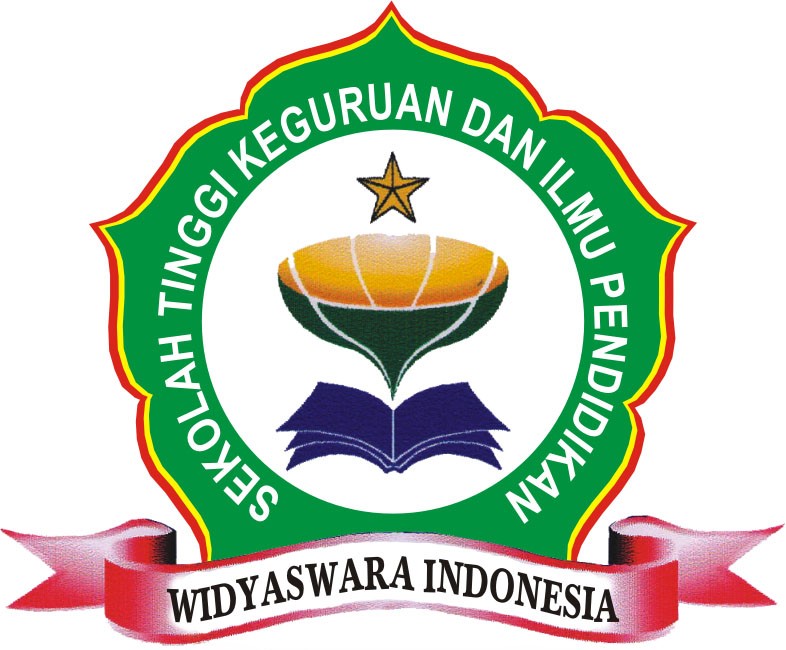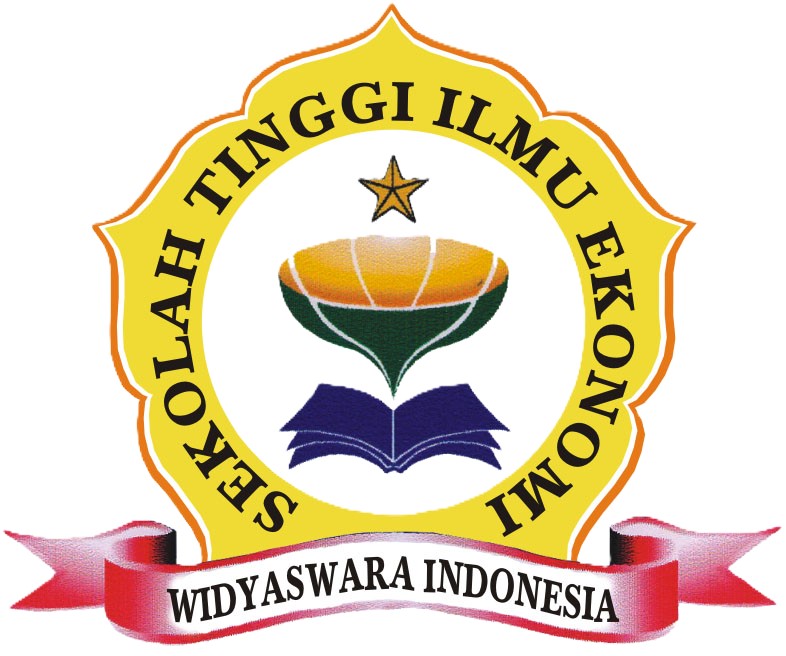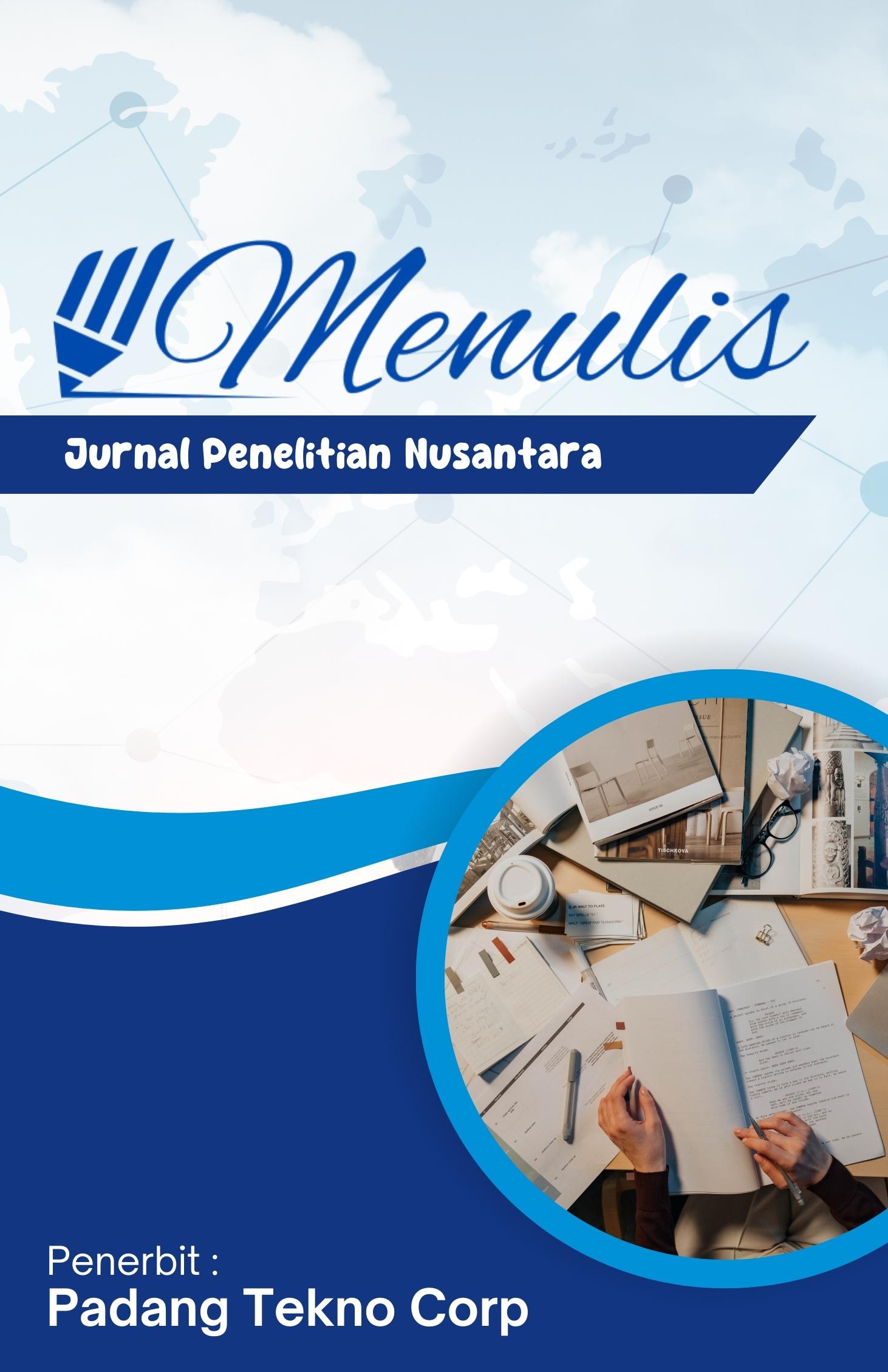Analysis of the Implementation of Total Physical Response in Teaching English Listening Skills to Autism Students at SKH Negeri 01 Cilegon
Main Article Content
Afifah Nabilah
Yudi Juniardi
Rosmania Rima
In recent years, the integration of children with autism into regular classrooms has garnered considerable attention, highlighting the need for effective educational practices tailored to their specific needs. This research aims to enhance English listening abilities in autistic children using the Total Physical Response (TPR) technique in the SMP-C grade at SKH Negeri 01 Cilegon. This research used a qualitative descriptive technique, utilizing observational and participant data to examine the implementation, advantages, and efficacy of Total Physical Response (TPR) in an inclusive classroom environment. The results indicate that Total Physical Response (TPR), which integrates physical activity with verbal guidance, significantly improves students' listening comprehension and memory. This approach is particularly beneficial for autistic learners who react well to tactile and visual stimuli. TPR activities, including gestures, visual aids, practical tasks, and objects, enhance classroom engagement and accommodate varied learning requirements. Students demonstrated enhanced knowledge, increased engagement, and elevated self-confidence, especially among those exhibiting greater collaboration. For students who exhibited reluctance or minimal responsiveness, supporting techniques such as repetition, explicit instructions, and positive reinforcement were crucial in enhancing their involvement. The study emphasizes the difficulties in accommodating diverse student reactions, highlighting the necessity for instructor adaptability, ingenuity, and perseverance. Notwithstanding these limitations, TPR has shown efficacy in enhancing listening abilities and fostering the physical, social, and emotional development of autistic adolescents. In conclusion, TPR provides a comprehensive, learner-centric methodology that enhances the accessibility, engagement, and significance of English language acquisition for children with autism.
Asher, J. J. (1968). The total physical response method for second language learning. Clearinghouse.
Asher, J. J. (1988). Learning Another Language. Sky Oaks Production.
Bedwell, C. (2014). Then and now: A review of teaching listening by Mary Underwood. English Language Teaching World Online, 8–27. Retrieved February 14, 2024
Brady, S. R. (2015). Utilizing and Adapting the Delphi Method for Use in Qualitative Research. International Journal of Qualitative Methods, 14(5), 1–6. Retrieved September 17, 2024
Brown, S. (2006). Teaching Listening. Cambridge University Press.
Finocchiaro, M. B. (1973). The Foreign Language Learner: A Guide for Teachers. New York: Regent Publishing Company, Inc.
Kristen Lyall, L. C.-A. (2017). The Changing Epidemiology of Autism Spectrum Disorders. Annual Review of Public Health, 38-81(102), 81-102. doi:https://doi.org/10.1146/annurev-publhealth-031816-044318.
Kristine D. Swain, M. F. (2016). Teaching Listening Strategies in the Inclusive Classroom. Intervention in School and Clinic, 40(1), 48–54. doi:10.1177/10534512040400010401
Kristne D. Swain, M. F. (n.d.). Teaching Listening Strategies in the Inclusive Classroom.
Larsen-Freeman, D. (2000). Techniques and Principles in Language Teaching. Second Edition. Oxford University Press.
National Institute of Mental Health. (2024, 11 14). Retrieved from Transforming the understanding and treatment of mental illnesses: https://www.nimh.nih.gov/health/topics/autism-spectrum-disorders-asd#:~:text=Autism%20spectrum%20disorder%20(ASD)%20is,first%202%20years%20of%20life.
National Institute of Mental Health. (2022, 11 13). Retrieved from Autism Spectrum Disorder: https://www.nimh.nih.gov/health/publications/autism-listing
National Institute of Mental Health. (2024, 11 14). Retrieved from Transforming the understanding and treatment of mental illnesses: https://www.nimh.nih.gov/health/topics/autism-spectrum-disorders-asd#:~:text=Autism%20spectrum%20disorder%20(ASD)%20is,first%202%20years%20of%20life.
Rapmauli, D. (2015). Pengaruh Terapi Bermain Flashcard Untuk Meningkatkan Interaksi Sosial Pada Anak Autis di Miracle Centre Surabaya. Jurnal Psikologi Indonesia, 4(01), 51-60. doi:https://doi.org/10.30996/persona.v4i1.490
Reinert Center. (2024). Active Listening to Support Inclusive Teaching. Transformative Teaching & Learning, 1.
Rydell, P. J. (2022). How to create joint action routines for children with autism: Strategies to facilitate vocabulary, phrases, and social use of language. Northern Speech Services. Retrieved from https://www.northernspeech.com/speech-language-acquisition/how-to-create-joint-action-routines-for-children-with-autism-strategies-to-facilitate-vocabulary-phrases-and-social-use-of-language/
Suteja, J. (2014). Bentuk dan Metode Terapi Terhadap Anak Autisme Akibat Bentuk Perilaku Sosial. Jurnal Pendidikan Sosial & Ekonomi, 3(1), 119-127. doi:10.24235/edueksos.v3i1.325
Yagang, F. (1994). Listening: Problems and solutions. In T. Kral (Ed.), Teacher development: Making the right moves. English Language Programs Division, 189–196. doi:https://doi.org/10.1017/CBO9780511667319














